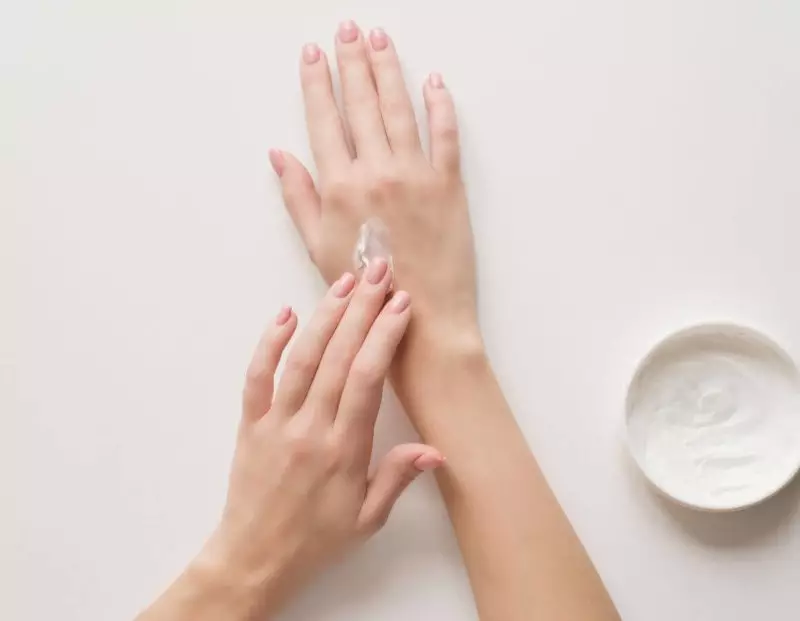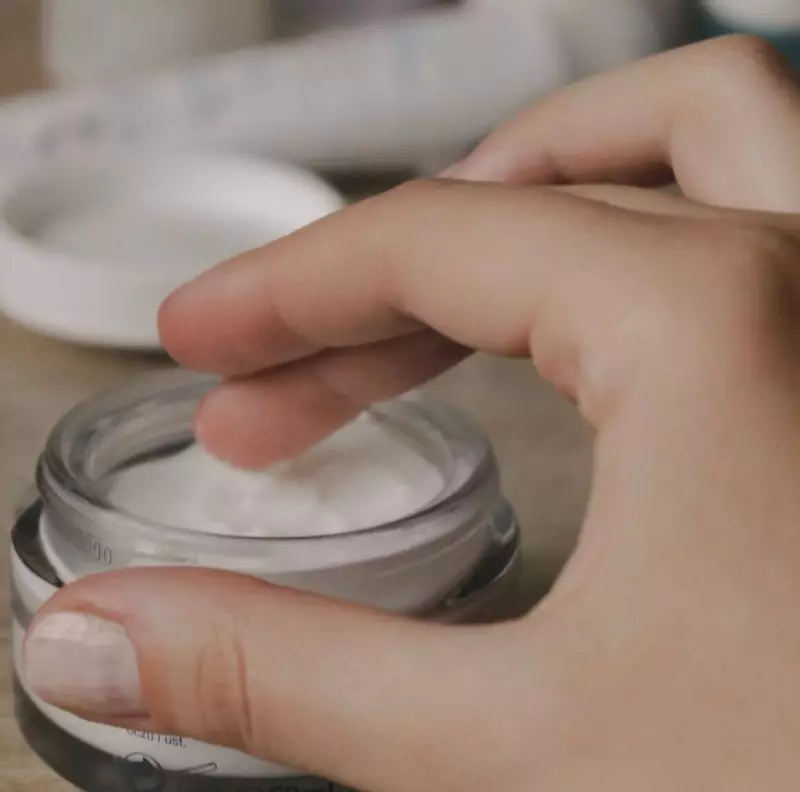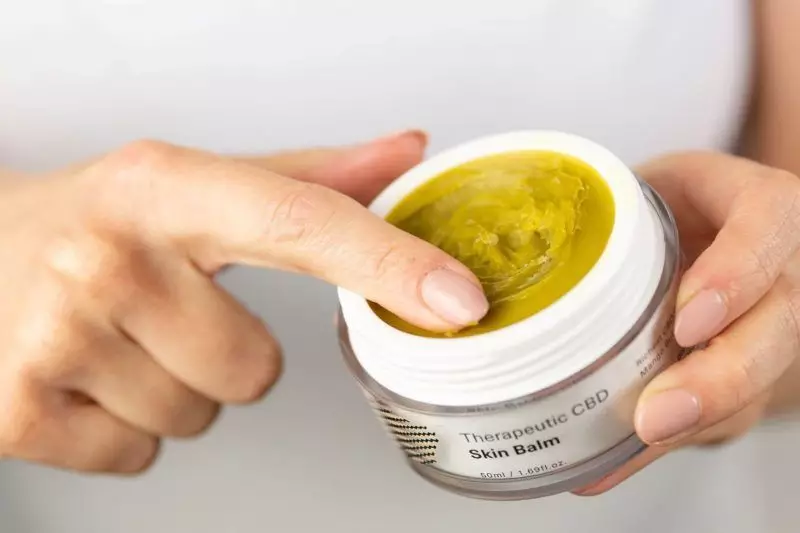
Knowing the function of your cosmetic products, as well as the benefits and harms of the ingredients that compose these products, is essential if you want to step up your skincare game. In fact, choosing cosmetics with the right formulation can save you a lot of skin trouble and money.
In that sense, the hype about one particular skincare ingredient is on the rise in the beauty communities: ceramides. But what exactly is this ingredient? What does it do to your skin? Does it have side effects? How to recognize it in the ingredients list? Do dermatologists recommend using ceramides?
This article will guide you through the answers to all of these questions and will give you a detailed idea about the role of ceramides in your skincare routine!
Let’s dive in!
What are ceramides in skincare?
Ceramides are an important component of the lipid layer of the skin, comprising approximately 40% of the lipids along with cholesterol and free fatty acids. The primary lipids of the skin play a crucial role in the barrier function of the skin and “glues” the skin cells together to form a protective barrier (like cement glues bricks to form a wall). [1]

When the naturally-found ceramides in your skin need help to be bound back together and strengthen the skin barrier, you can use topical skincare products with ceramide formulations to support this process.
The synthetic ceramides used in cosmetics mimic the functions of the natural lipids found in the top skin layer. The most commonly used combination of ceramides in topical creams is 1,3, and 6-II.
How do ceramides work?
Often, skin diseases or temporary skin issues result in (or are caused by) damaged skin barrier. Topical supplementation of ceramides helps the skin cells bond and stay together by filling the gaps of missing or damaged lipids in the epidermis.
But how does this impact your skin appearance?

What are the benefits of ceramides?
Various studies have looked into the positive skin effects of topical ceramides application. [4]
In that sense, the skin benefits of ceramides can include:
- Suitable for every skin type
- Strengthen the protective skin barrier
- Stimulate the skin protection from external sources of free radicals
- Improve the moisture/water-retention mechanism of the skin, reducing transepidermal water loss (otherwise known as TEWL)
- Moisturizing effect
- Reduce inflammation
- Relieve skin allergy
- Improve the condition of dry (and flaking) skin
- Improve symptoms of eczema (aka atopic) dermatitis
Are ceramides safe to use?
This makes ceramides very suitable ingredients for all kinds of skin types, including sensitive and reactive skin. It is also safe to use during pregnancy.
How to recognize ceramides in the ingredients list?

Most common ceramides formulations are listed as:
- Ceramide 1
- Ceramide 2
- Ceramide 3
- Ceramide 4
- Ceramide 5
- Ceramide 1A
- Ceramide 6 II
- Ceramide AP
- Ceramide EOP
- Ceramide EOS
- Ceramide NP
- Ceramide NG
- Ceramide NS
- Ceramide AS
- Ceramide NS dilaurate
- Caprooyl phytosphingosine
- Caprooyl sphingosine
- Hydroxypalmitoyl sphinganine
- 2-oleamido-1,3-octadecanediol
- Caproyl sphingosine
- Hydroxylauroyl phytosphingosine
- Hydroxycapryloyl phytosphingosine
- Hydroxycaproyl phytosphingosine
Conclusion
Have you ever considered buying cosmetics with ceramides? They can really transform your skin for good! Visit your dermatologist and ask him/her for advice on which product with ceramides can be most beneficial to your skin type!








